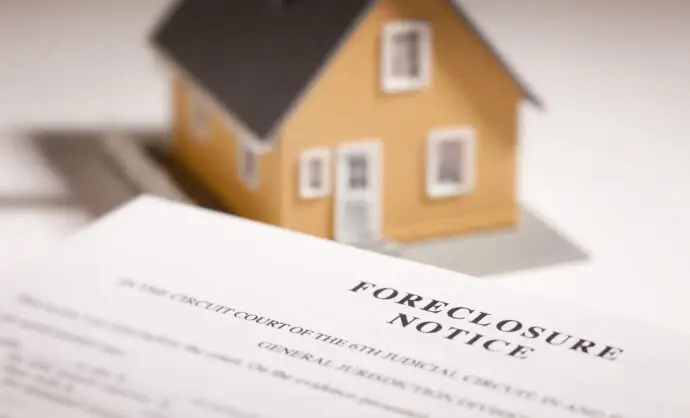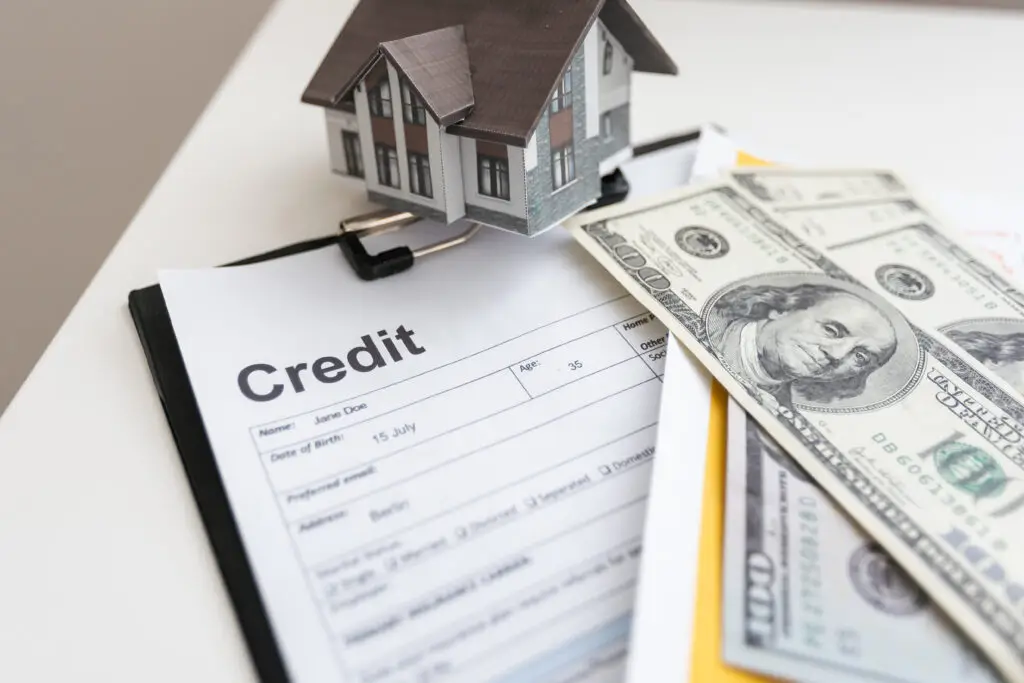How to Secure Loans to Stop Foreclosure: A St
Facing foreclosure can be overwhelming, but you’re no...



Losing your home to foreclosure can be an emotionally and financially overwhelming experience. For owner-occupants, a home is not just an investment; it’s the heart of everyday life and memories. However, if you’re facing foreclosure, a foreclosure bailout loan may be the lifeline you need. In this comprehensive guide, we’ll walk you through the process of obtaining a foreclosure bailout loan for owner-occupied homes, discuss how Arbor Home Loans can support you, and provide essential tips on working with a trusted lender.
At Arbor Home Loans, we understand that facing foreclosure can be overwhelming. We’re the premier home loan experts in Southern California, specializing in foreclosure bailout loans for owner-occupied homes. Our team of seasoned professionals is committed to helping you navigate the complexities of the foreclosure bailout process with ease.
Whether you need quick funding or expert guidance, Arbor Home Loans is here to support you in saving your home and achieving a fresh start. With our proven track record and local expertise, we’re a trusted partner dedicated to providing personalized loan solutions that meet your unique needs.
A foreclosure bailout loan is a specialized mortgage product that allows homeowners at risk of losing their home to refinance the mortgage in default. The new lender may offer a second trust deed to bring the mortgage current or pay off the outstanding loan in full. This bailout halts the foreclosure process and protects the equity in the home. The bailout loan provides a fresh start at rebuilding credit. The new lender provides a clean slate to make on time mortgage payments which will give your credit rating a boost. Foreclosure bailout loans, sometimes called foreclosure refinance or foreclosure payoff loans, are tailored for homeowners who may not qualify for traditional refinancing options due to financial hardship, credit challenges, lack of income documentation or limited time.
These loans are designed with the urgency and flexibility required to prevent foreclosure, often providing funding within weeks—sometimes even days. They can be a powerful tool for owner-occupants, non-owner occupants, or investors who need quick financial intervention to retain their homes. Homeowners use this mortgage loan to stave off a foreclosure and refinance 6-12 months later once the credit has improved to qualify for conventional or non-qm lending.
The process for a foreclosure bailout loan involves refinancing your current mortgage into a new loan or obtaining a second mortgage. Here’s a basic overview of the steps:
Foreclosure bailout loans are available to homeowners who reside in their properties. The flexible criteria aim to help borrowers facing hardship. Here are the general qualifications:
Foreclosure bailout loans typically range between $100,000 and $15 million, depending on your property’s appraised market value and the lender’s loan-to-value (LTV) criteria. For instance, if your property appraised at $300,000 and the lender offers a 70% LTV, you could qualify for up to $210,000.
Securing a foreclosure bailout loan involves the following steps:
Starting the process at least 120 days before the foreclosure sale date ensures you have enough time for application, approval, and closing.

When faced with foreclosure, a foreclosure bailout loan can be a powerful solution to help you retain your home. However, the process can be complex and stressful without the right guidance. Arbor Home Loans is here to assist you every step of the way. Rather than turning to outside organizations, reach out to us to discover how our expertise and commitment to Southern California homeowners can make a difference in your financial journey. Contact Arbor Home Loans today and take the first step toward securing your home and peace of mind.
A foreclosure bailout loan helps homeowners avoid losing their property by refinancing their existing mortgage into a new loan. It provides the funds needed to pay off the overdue balance and stop the foreclosure process.
A foreclosure bailout loan is often the most effective option to halt foreclosure, as it’s designed specifically to refinance and cover missed payments. Other options include loan modifications or government-backed refinancing programs, depending on the homeowner’s situation.
An owner-occupied loan is a mortgage intended for properties where the borrower lives full-time. These loans typically have more favorable terms than investment property loans because they pose a lower risk for lenders.
In real estate, a “bailout” refers to refinancing or loan assistance that helps distressed homeowners avoid foreclosure. This often involves a new loan to settle unpaid mortgage debt and prevent property loss.
Yes, FHA loans are available after foreclosure, generally requiring a three-year waiting period. However, some exceptions exist for extenuating circumstances, potentially reducing this waiting period.

Facing foreclosure can be overwhelming, but you’re no...
Understanding the home foreclosure process is crucial f...
You must be logged in to post a comment.
1 Comment
I Fashion Styles
You helped me a lot by posting this article and I love what I’m learning. http://www.ifashionstyles.com